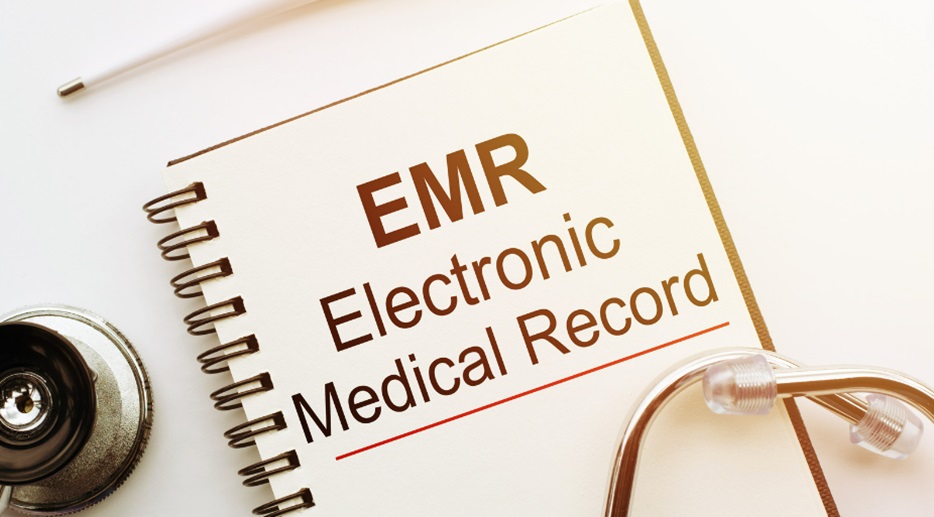Electronic Medical Records (EMRs) have become an integral part of modern healthcare, providing a more efficient and organized way to store patient information. However, for addiction treatment centers, having the right EMR system is crucial as it can greatly impact the quality and effectiveness of patient care.
In this article, we will discuss the top 4 most wanted EMR features for addiction treatment centers and how they can benefit both patients and healthcare providers.
1. Customizable Treatment Plans
One of the most important features that addiction treatment centers look for in an EMR system is the ability to create customizable treatment plans. Every patient has different needs and requires a unique treatment plan tailored to their specific condition and circumstances. An EMR for addiction treatment providers should offer a variety of templates and tools for creating personalized treatment plans based on the patient’s history, diagnosis, and progress. This not only ensures that patients receive individualized care but also allows healthcare providers to track and monitor their progress more effectively.
Moreover, customizable treatment plans can also facilitate collaboration between different healthcare providers involved in a patient’s treatment. With an EMR system, multiple providers can access and update the treatment plan in real time, ensuring seamless communication and coordination of care.
2. Comprehensive Medication Management
The management of medication is a crucial aspect of addiction treatment. Patients undergoing addiction treatment are often prescribed multiple medications to manage withdrawal symptoms, co-occurring mental health disorders, and other medical conditions. An EMR system with a comprehensive medication management feature can greatly improve the safety and accuracy of medication administration.
With this feature, healthcare providers can document all medications prescribed to a patient, track dosage changes, record any adverse reactions or side effects, and monitor for potential drug interactions. This not only helps in reducing medical errors but also ensures that patients receive the right medications at the right dosages.
3. Integration with Lab Testing
Lab testing is an essential part of addiction treatment, as it helps in monitoring a patient’s progress and identifying any potential health complications. An ideal EMR system for addiction treatment centers should have the ability to integrate with various lab testing facilities to streamline the process.
Integration with lab testing facilities allows healthcare providers to order tests directly from the EMR system, receive results electronically, and automatically update the patient’s record. This not only saves time but also ensures that all lab results are readily available for review and analysis.
4. Patient Portal for Communication and Engagement
Last but not least, a patient portal is an essential feature that can greatly benefit addiction treatment centers. A patient portal allows patients to access their medical records, upcoming appointments, and communicate with their healthcare providers securely.
For addiction treatment centers, a patient portal can also include additional features such as educational resources, support groups, and self-assessment tools. Lastly, by comprehensively understanding how to use EHR/EMR to improve patient safety, you as a healthcare provider can use these features to engage and empower patients in their treatment journey, leading to better outcomes.
To Conclude
A well-equipped EMR system can greatly improve the quality and efficiency of addiction treatment. By offering the above-mentioned top 4 most wanted features, EMR systems can provide a more comprehensive and personalized approach to patient care. With the continuous advancement of technology, it is essential for addiction treatment centers to invest in an EMR system that meets their specific needs and facilitates better patient outcomes. So, whether you are a healthcare provider looking for an EMR system or an addiction treatment center considering an upgrade, keep these features in mind to make the best decision for your patient’s well-being.





